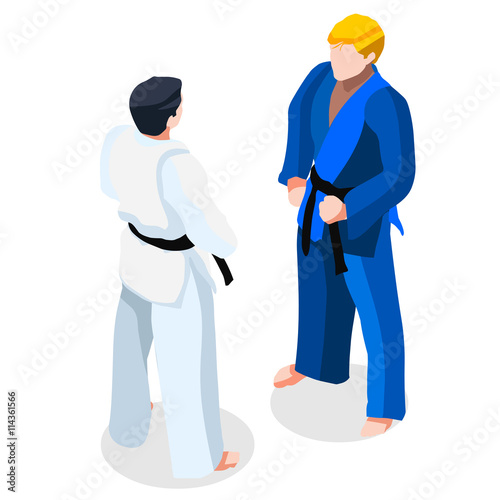Debunking The Different Fighting Style Styles: From Martial Arts To Taekwondo
Debunking The Different Fighting Style Styles: From Martial Arts To Taekwondo
Blog Article
Short Article Developed By-Carlson Haastrup
Are you tired of sensation overwhelmed by the large globe of martial arts? With so many designs to select from, it can be easy to obtain shed in a sea of strikes, kicks, and mysterious names. Yet worry not!
This conversation will certainly demystify the different martial arts styles, taking you on a journey from the powerful strikes of Martial arts to the dynamic kicks of Taekwondo. Prepare to uncover the beginnings, techniques, and philosophies behind these old art kinds.
So, tighten your belt and prepare to start an informing expedition right into the fascinating globe of martial arts.
Origins of Martial Arts Styles
The beginnings of fighting styles styles can be traced back to ancient worlds and their requirement for protection and combat methods. Throughout background, different societies created their own special techniques of fighting, each with its very own collection of methods and viewpoints.
In China, for instance, martial arts designs such as Kung Fu and Tai Chi were established as a means of self-defense and boosting physical and mental well-being.
In Japan, the samurai warriors developed styles like Karate and Judo, concentrating on technique, precision, and proficiency of the body.
Similarly, in Korea, Taekwondo emerged as a fighting style emphasizing high kicks, quick movements, and mental determination.
These very early people laid the foundation for the varied array of fighting styles styles that exist today, each with its own rich history and social importance.
Methods and Training Techniques
To master martial arts styles, experts need to find out different strategies and training methods.
Techniques are the certain activities and actions used in combat, such as strikes, kicks, tosses, and obstructs. Different martial arts designs have their own unique set of techniques that professionals have to grasp via extensive training.
simply click the up coming web site vary depending on the style, yet they generally involve a combination of physical fitness, drills, competing, and types.
https://www.franchisetimes.com/franchise_news/premier-martial-arts-founder-wants-to-empower-children-s-lives/article_a82900bc-9354-11ec-9e75-f326eb742dad.html is important to build toughness, adaptability, and endurance. Drills help specialists refine their techniques and boost their rate and precision.
Competing permits experts to exercise their methods in a regulated, sensible setting. Kinds, likewise known as kata, are prearranged sequences of activities that aid specialists create muscle mass memory and focus.
Ideologies and Concepts
Checking out the viewpoints and concepts of martial arts designs can supply you with a deeper understanding of your selected self-control. Each fighting style has its very own distinct approach and collection of leading concepts that form the method it's practiced.
As best self defense martial arts , Martial arts emphasizes discipline, respect, and self-constraint. It educates specialists to focus their minds and bodies, enabling them to protect themselves while maintaining a sense of internal tranquility.
On the other hand, Taekwondo positions a solid focus on speed, agility, and versatility. Its principles are rooted in the tenets of politeness, integrity, perseverance, self-discipline, and unbeatable spirit.
Final thought
Now that you have actually explored the beginnings, methods, and ideologies of different martial arts designs, you have a much deeper understanding of these ancient techniques.
Imagine a young karate student, experimenting undeviating resolution and emphasis, breaking through boards with a powerful strike.
Their journey showcases the devotion and stamina called for to understand a martial art, advising us that with technique and determination, anything is possible.
